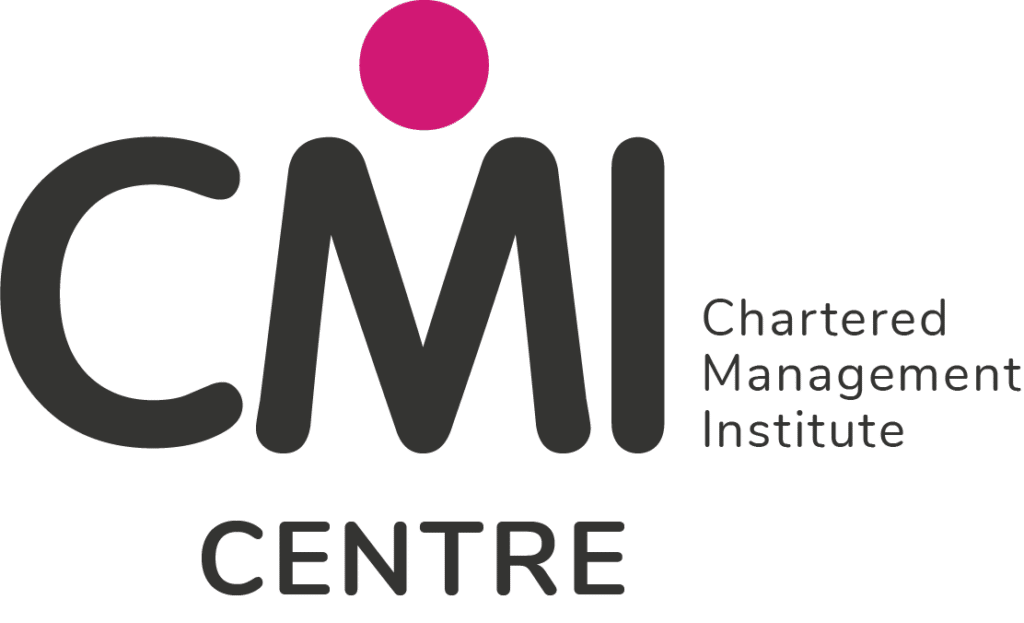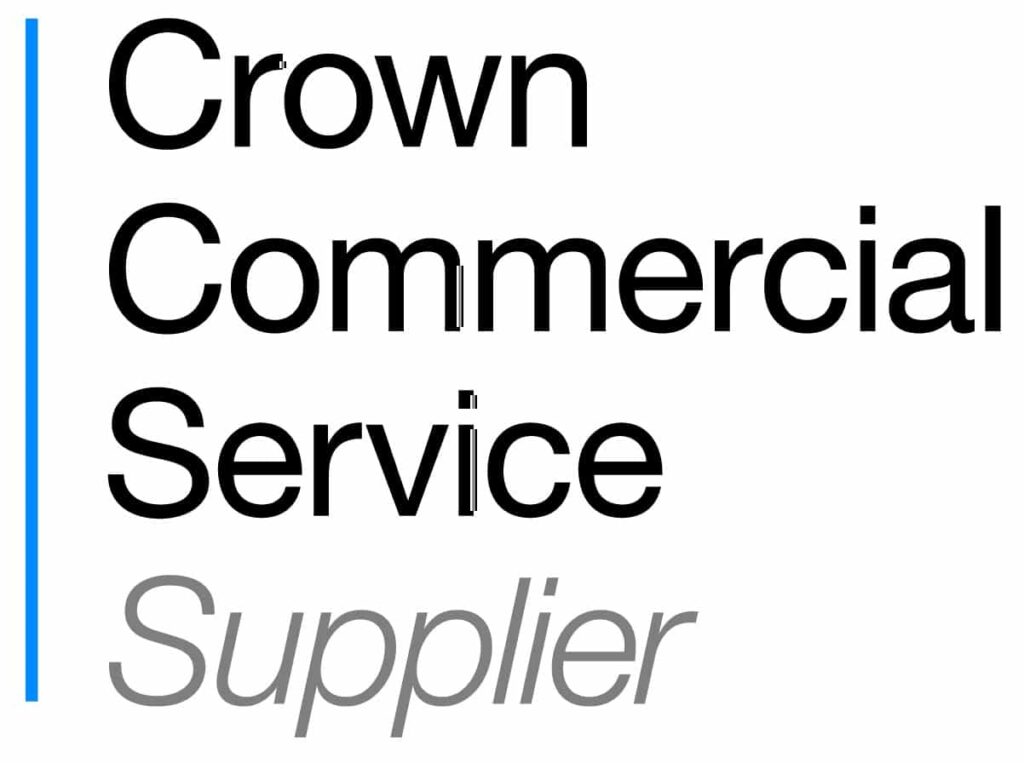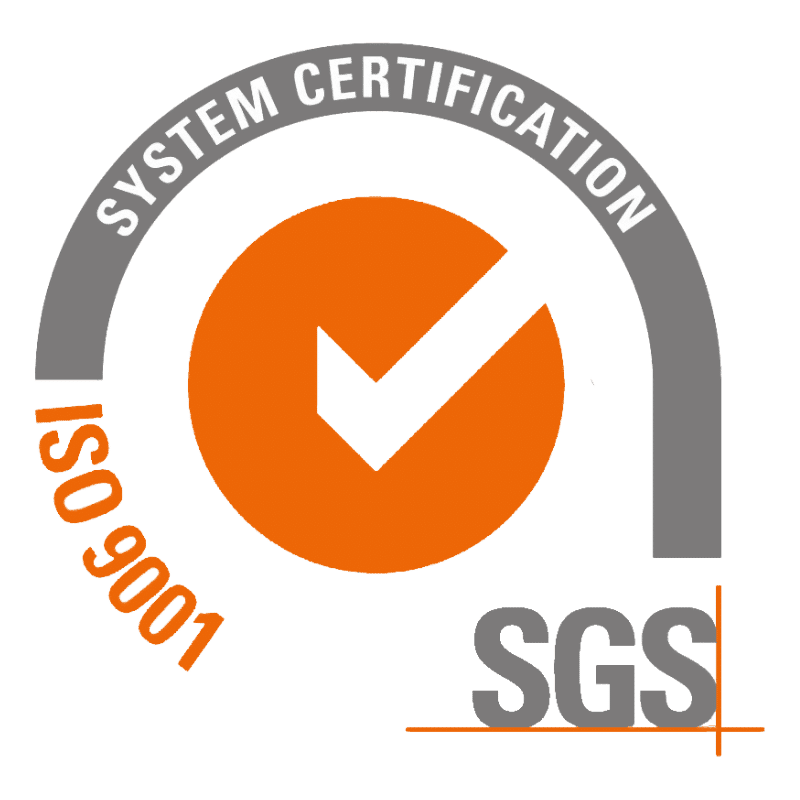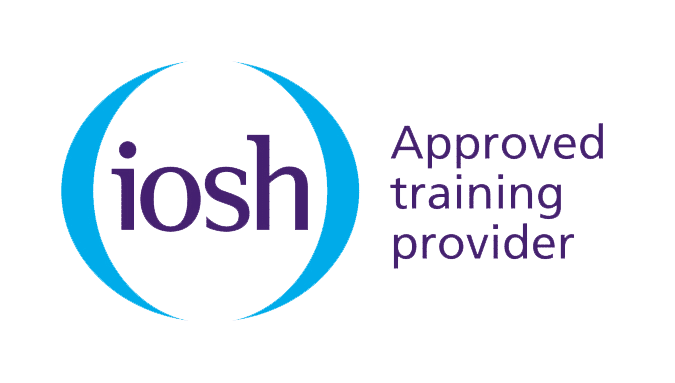2018 is firmly in the rear view mirror, but it was an exciting year for Eliesha and our learning partners, in the successful delivery of over 50,000 delegate interventions. This experience has helped to shine a light upon a number of common challenges in the ever-changing L&D landscape.
The political, economic and work environment will remain uncertain, challenging and competitive – and it’s in reflection of this context that we highlight the top 5 challenges we perceive L&D and HR teams, up and down the country, will be facing in the year ahead.

Abstraction from the Workplace for Training
You are not alone. According to a 2018 study by LinkedIn, the biggest challenge for talent and workforce development is getting employees to make time for learning.
In order to address this, knowledge and skills must be delivered with more learning value, but with less learning time needed. Learning can be of shorter duration, with sharper focus, delivered flexibly. Many L&D teams are introducing a modular/blended structure, with sustainability in mind.
Importantly, the blend is not just a classic combination of e-learning and social learning. We understand the need to focus on blending the learning experiences, for more effective learning. We seek to determine the optimal learning experience for an employee to build knowledge and apply the necessary skills to the job.

Relevance and Fitness for Purpose
Our customers want their employees to learn something relevant, practice it, and then go back to work and apply it. They require training that is contextualised to the business, with content able to be ‘personalised’ to support individual skill needs and learning journeys.
The challenge is that, though cost-effective, a ‘sheep dip’ or ‘one size fits all’ approach makes it difficult to achieve this and engage with the learner. Hence, there is a need to understand the corporate context, together with a focus on the learner, including his or her experience, work environment, performance and technological fluency, et al, in order to create an impactful training solution.
In order to best achieve this, there is a requirement to incorporate relevant and appropriate learning technology and technology enabled content to deliver highly available and accessible ‘just-in-time’, not ‘just-in-case’, learning.
A familiar tool – the 70:20:10 learning paradigm – can be harnessed to achieve this. Modularity and micro-learning give greater granular access to the content.

Measure & Evaluate – Data is Critical
In order for training and L&D initiatives to be successful, it is vital to effectively use data to continuously inform upon customer return on expectation and to drive decisions upon improvement.
L&D teams don’t want a supplier pushing copy and paste interventions. Throughout 2018, our customers wanted a learning partner able to design and deliver solutions that enable, for example, performance and productivity improvements, resource savings, culture change and they asked for real evidence of impact.
We see this trend continuing through to 2019 and beyond, as customers seek to measure the right things in the right way to ensure impact: are interventions helping people with the skills to reduce costs or complaints, increase efficiency and profitability or improve customer satisfaction?
There is increasing emphasis being placed on whether L&D solutions are demonstrably delivering the right stuff.

Apprenticeships & The Levy
In April 2017, the apprenticeship levy was introduced, creating new opportunities for organisations to train and develop their workforce. Even though the levy has been in place for nearly two years, we are still helping customers who don’t realise the potential that apprenticeship programmes have and, as a result, haven’t yet taken advantage of the levy fund they have built up.
There is still a misconception that apprenticeships only apply to young and inexperienced professionals, who are just getting started in their career. When in fact we are delivering apprenticeship programmes in support of internal talent management and workforce development – with apprentices being anyone aged between 16 to 65!
Increasingly, organisations are beginning to the understand the apprenticeship levy and its benefits, so we see the amount of levy funded training continuing to grow and Management Apprenticeships increasingly viewed as an important part of the L&D strategy.

Planning for the Future
We think it starts with the realities of how people learn, and how this is supported.
We hope the above will help to give you insight into your planning and L&D approaches for 2019. We know that our future will continue to be one in which we help our customer organisations and people to thrive. Your future can be bright, and we would be pleased to help you make it so.








